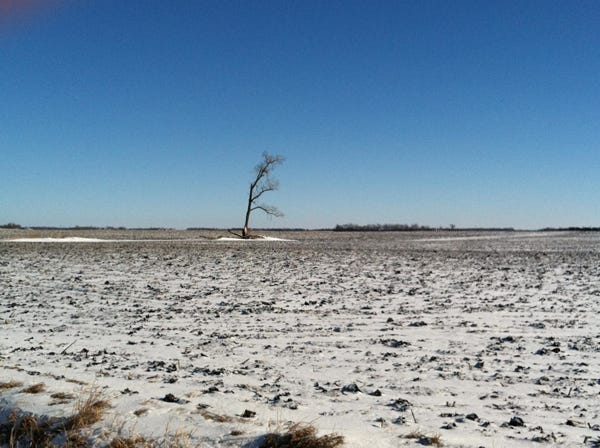March 9, 2012

Source: University of Illinois farmdoc Daily
The mild temperatures experienced in the winter of 2011-2012 have some wondering if there is any relationship between average winter temperatures and average temperatures the following summer. Implicit in that question is whether are not there are any implications for crop yields following a mild winter. Here we examine the relationship between state average temperature during December, January, and February and the average temperature in the following July and August. In addition, we examine the relationship between the average winter temperature and the trend-adjusted corn yield the following year. The analysis is conducted for Illinois and Iowa (the two largest corn-producing states) over the period 1960 through 2011.
The average winter temperature in Illinois in 2011-2012 was equal to the average temperature of the previous five warmest winters since 1960 and the past winter ranks as the fourth warmest since 1960. For Iowa, the average winter temperature was 0.9° cooler than the average of the previous five warmest winters and the past winter ranks as the fifth warmest since 1960. Based on relationships in previous warm winters in these two states, the warm winter of 2011-2012 provides little indication of likely average summer temperature or state average corn yields in 2012. The lack of a relationship is consistent with the view that, beyond seasonal tendencies, weather is very difficult to predict over time horizons longer than a few weeks.
You May Also Like




